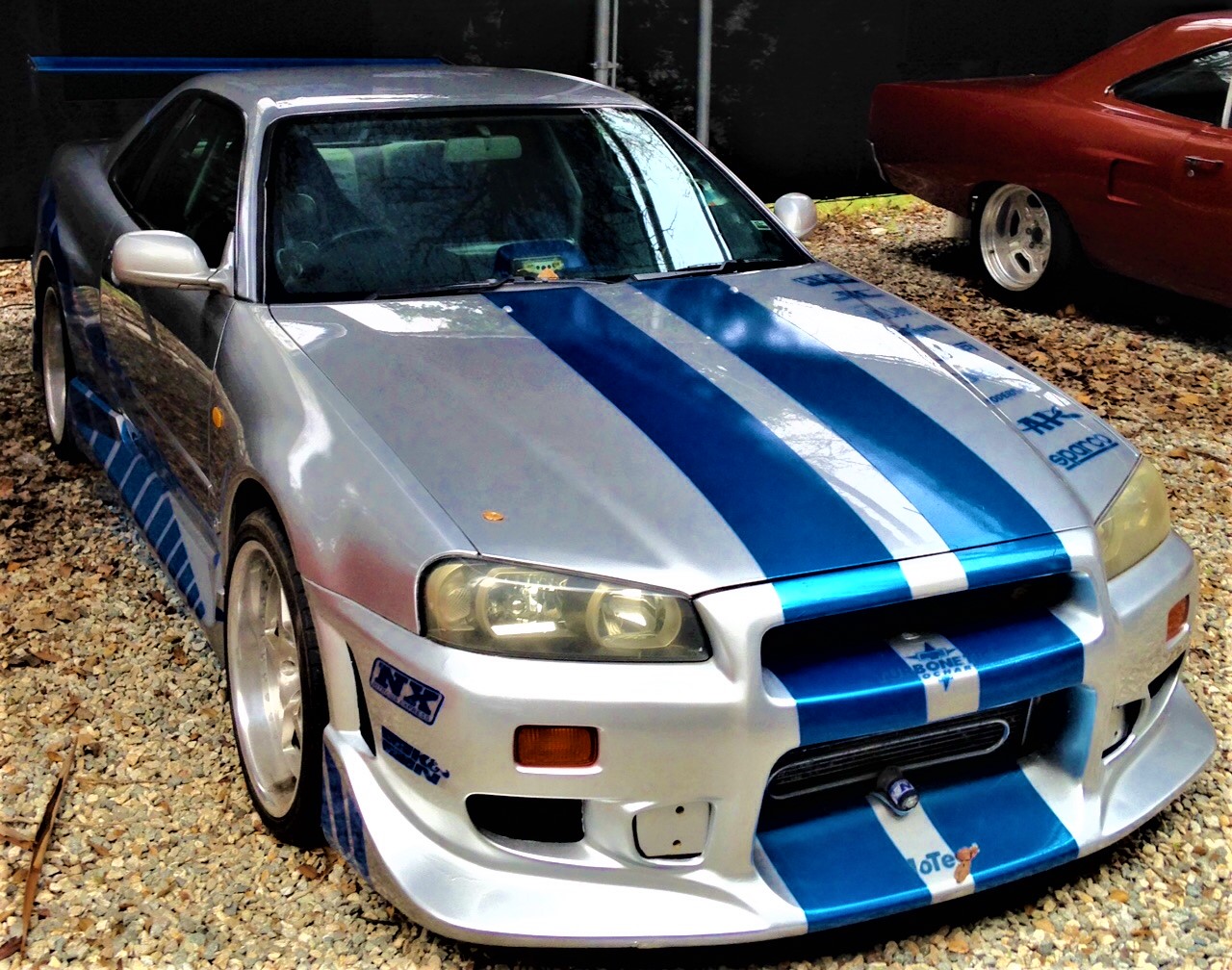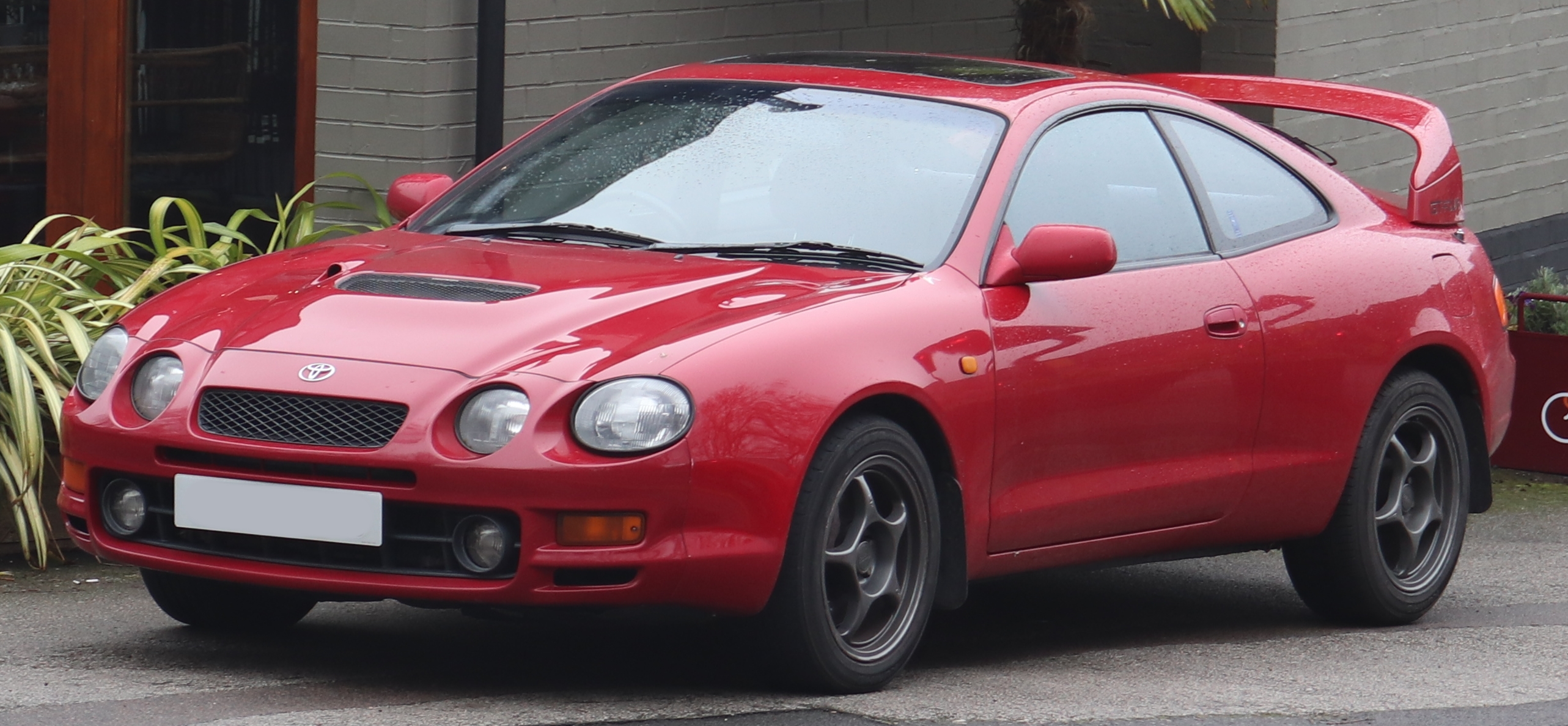Revving Up: The Coolest Japanese Cars Ever Made

Japanese vehicles have long been associated with reliability and practicality, making them a staple in many households around the globe. However, delve a little deeper and you’ll find an entirely different story waiting to unfold, especially when it comes to the hearts of car enthusiasts. For these aficionados, Japanese cars represent a pinnacle of design and engineering that goes far beyond mere transportation. When you hear the term Japanese Domestic Market (JDM), it conjures images of stunning vehicles that ignite passion and excitement among petrolheads, particularly in places like the UK. So buckle up as we dive into the 16 coolest Japanese cars that have ever graced our roads!

1. **Toyota 2000GT**: Starting off with a bang, the Toyota 2000GT is often heralded as Japan’s first supercar. Launched in 1967, it was designed to compete directly with European heavyweights like the Ferrari 250 GTO and Jaguar E-Type. With its dramatic lines and a sleek profile, the 2000GT captured the imagination of car lovers worldwide. While its 2.3-litre six-cylinder engine pumped out a modest 138hp, the sheer beauty of this limited-run classic, with just 351 units produced, ensures it remains one of the most sought-after vehicles in automotive history. Its rarity means that whenever one comes up for auction, it fetches astronomical prices, often crossing into the seven-figure territory.
2. **Datsun 240Z (Nissan Fairlady Z)**: Next on our list is the Datsun 240Z, also known as the Nissan Fairlady Z. A symbol of the 1970s motoring era, the 240Z boasts a compact yet elegant design that continues to delight car enthusiasts today. Datsun crafted this beauty as a direct response to the Toyota 2000GT, successfully creating a luxury grand tourer that could hold its own against European rivals. With its stylish demeanor, reliability, and the ability to start in winter without fuss, the 240Z remains a beloved classic that reflects the spirit of Japanese engineering.

3. **Aspark Owl**: The Aspark Owl is a modern marvel, showcasing the evolution of Japanese automotive technology. With a striking low-slung carbon fiber body and innovative dihedral doors, it not only looks futuristic but embodies pure performance. Launched in 2017, this all-electric hypercar is powered by four electric motors that generate nearly 2,000 horsepower, allowing it to accelerate from 0 to 60 mph in an astonishing 1.69 seconds. The Owl has quickly gained a reputation as one of the fastest cars in the world, combining breathtaking design with mind-blowing speed.

4. **Honda NSX**: The Honda NSX is another iconic vehicle, born from Honda’s motorsport success in the 1980s. Launched in 1991, it was crafted as a supercar that could be enjoyed daily, combining performance with everyday usability. The NSX features an aluminum body and a chassis developed with input from the legendary Ayrton Senna. It introduced the first VTEC engine in a production car, capable of hitting 170 mph. The NSX provided an exhilarating driving experience, whether you were cruising to the grocery store or tearing up the track.

5. **Mazda Cosmo**: Representing Japan’s innovative spirit from 1967 to 1996, the Mazda Cosmo captured attention with its striking design and groundbreaking technology. This two-door sports car was not only beautiful and practical but also the first production car to feature a two-rotor rotary engine. With only about 1,000 units made, the Cosmo has become a coveted collector’s item. Its futuristic design and association with the space race of the era make it a distinctive piece of automotive history.

6. **Honda S2000**: The Honda S2000 made waves in the sports car world from 1999 to 2009 and continues to be celebrated today. Launched to commemorate Honda’s 50th anniversary, the S2000 is known for its high-revving, naturally aspirated 2.2-litre four-cylinder VTEC engine. Its mid-engine, rear-wheel-drive configuration offers an exhilarating driving experience, complemented by stunning looks that pay homage to Italian design. With over 100,000 units produced, the S2000 remains an unforgettable part of Japanese automotive heritage.

7. **Toyota Supra (Mk IV)**: The fourth-generation Toyota Supra is a sight to behold, boasting a sleek, aerodynamic profile that set it apart from its boxy predecessors. This model featured a powerful 3.0-litre GTE V6 twin-turbo engine, delivering 321 horsepower and an exhilarating driving experience. The Supra Mk IV gained iconic status, even appearing in the early Fast and Furious films, further cementing its place in car culture history. Its roots can be traced back to the 2000GT, proving that great lineage runs deep.

8. **Mazda RX-7**: Last but certainly not least is the Mazda RX-7, a classic sports car that has captivated drivers since its debut in 1978. With its rotary engine and lightweight design, the RX-7 offers a thrilling driving experience that enthusiasts love. Each generation brought improvements, with the third-gen model boasting a twin-turbo engine that produced 252 horsepower. The RX-7 has a dedicated following, known for its performance and unique design characteristics that make it a standout in the automotive world.

9. **Subaru WRX STI**: The Subaru WRX STI is a legend among rally enthusiasts and street racers alike. Launched in the early 1990s, this car quickly built a reputation for its incredible handling and turbocharged performance. The WRX STI features a 2.5-litre flat-four engine that produces around 305 horsepower and an all-wheel-drive system that allows it to conquer any terrain. With its aggressive styling and race-inspired heritage, the WRX STI has become synonymous with performance, earning its place as a must-have for anyone passionate about speed and agile handling.

10. **Nissan Skyline GT-R (R34)**: The Nissan Skyline GT-R, particularly the R34 model, has achieved almost mythical status among car fans around the globe. Debuted in the late 1990s, this beauty was powered by a 2.6-litre inline-six engine equipped with twin turbos, generating a whopping 276 horsepower. The R34’s handling and performance capabilities made it a dominant force in motorsport, securing numerous victories in the touring car championships. Of course, its iconic status was further solidified by its appearances in films and video games, making it a pop culture icon that every car lover adores.

11. **Mitsubishi Lancer Evolution (Evo VI)**: Another titan of the rally scene is the Mitsubishi Lancer Evolution, especially the Evo VI, which debuted in the late 1990s. Known for its lightweight structure and powerful 2.0-litre turbocharged engine, which produced around 276 horsepower, the Evo VI was engineered for extreme performance. Its all-wheel-drive system and advanced suspension made it a favorite among enthusiasts who craved a thrilling ride, whether on the track or off-road. The Evo VI’s aggressive styling and rally pedigree continue to captivate collectors and drivers alike.

12. **Honda Civic Type R (EP3)**: The Honda Civic Type R EP3 is often hailed as one of the best hot hatches ever made. Launched in the early 2000s, it features a high-revving 2.0-litre K20 engine that produces 197 horsepower, providing a thrilling driving experience. The EP3’s lightweight chassis and sharp handling make it an absolute joy to drive on winding roads. Additionally, its iconic red “H” badge and sporty aesthetics make it a sought-after model among enthusiasts looking to own a piece of hot hatch history.

13. **Nissan 350Z**: The Nissan 350Z, introduced in the early 2000s, was a bold return to form for the Z-car legacy. With its muscular stance and sleek lines, the 350Z is powered by a 3.5-litre V6 engine that delivers 287 horsepower. This rear-wheel-drive sport coupe offers an exhilarating driving experience and has become a favorite among enthusiasts who appreciate a solid blend of performance and style. The 350Z’s tuning potential, along with its iconic status, ensures its place in the hearts of many car lovers.

14. **Suzuki Cappuccino**: The Suzuki Cappuccino is a little gem that stands out in the Kei car category. This compact two-seater, launched in the early 1990s, features a turbocharged 660cc engine, providing a unique driving experience that packs a punch despite its small size. The Cappuccino’s lightweight design and convertible roof make it an absolute blast on sunny days, offering fun and agility that many larger sports cars cannot compete with. Its quirky styling and rarity add to its charm, making it a beloved choice among dedicated collectors.

15. **Toyota Celica GT-Four**: The Toyota Celica GT-Four is a true classic, known for its rallying prowess and stylish design. Produced in the late 1980s to early 1990s, it came equipped with a turbocharged 2.0-litre engine, delivering around 190 horsepower. Its all-wheel-drive system contributed to its success on the rally circuit, where it faced off against some of the toughest competitors of the time. The GT-Four remains a favorite for those who seek a mix of performance and nostalgia, embodying the spirit of Japanese sports cars.

16. **Lexus LFA**: The Lexus LFA is a masterpiece that showcases Japan’s capabilities in high-performance automotive engineering. Released in the early 2010s, this supercar features a 4.8-litre V10 engine that produces an astonishing 552 horsepower, allowing it to sprint from 0 to 60 mph in just 3.6 seconds. With its stunning design and advanced technology, including a carbon-fiber body and an exceptional sound system that enhances the engine’s roar, the LFA represents the pinnacle of Japanese luxury and performance. Its limited production numbers make it a highly coveted collector’s item.

As we wrap up our exploration of these legendary Japanese cars, it’s evident that they embody the passion, creativity, and engineering prowess of an entire nation. From the raw power of the WRX STI to the graceful elegance of the Lexus LFA, each vehicle tells a unique story, representing a significant chapter in automotive history. Whether you’re a die-hard enthusiast or a casual admirer, these cars continue to inspire awe and admiration, reminding us of the excitement that comes from driving a true masterpiece on wheels. So, keep your engines revving and your excitement high, as the world of Japanese cars continues to evolve and thrill us with what’s to come!
Related posts:
The Top 8 Coolest Japanese Cars – Keith Michaels Insurance
These are 10 of the best Japanese performance cars
The 100 Greatest Japanese Cars of All Time
Discover more from Auto Travel World
Subscribe to get the latest posts sent to your email.












